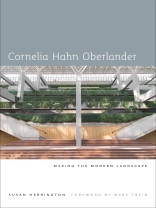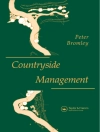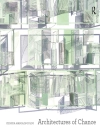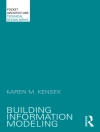Cornelia Hahn Oberlander is one of the most important landscape architects of the twentieth century, yet despite her lasting influence, few outside the field know her name. Her work has been instrumental in the development of the late-twentieth-century design ethic, and her early years working with architectural luminaries such as Louis Kahn and Dan Kiley prepared her to bring a truly modern—and audaciously abstract—sensibility to the landscape design tradition.
In Cornelia Hahn Oberlander: Making the Modern Landscape, Susan Herrington draws upon archival research, site analyses, and numerous interviews with Oberlander and her collaborators to offer the first biography of this adventurous and influential landscape architect. Born in 1921, Oberlander fled Nazi Germany at the age of eighteen with her family, going on to become one of the few women to graduate from Harvard University’s Graduate School of Design in the late 1940s. For six decades she has practiced socially responsible and ecologically sensitive planning for public landscapes, including the 1970s design of the Robson Square landscape and its adjoining Provincial Law Courts—one of Vancouver’s most famous spaces.
Herrington places Oberlander within a larger social and aesthetic context, chronicling both her personal and professional trajectory and her work in New York, Philadelphia, Vancouver, Seattle, Berlin, Toronto, and Montreal.
Oberlander is a progenitor of some of the most significant currents informing landscape architecture today, particularly in the area of ecological focus. In her thorough biography, Herrington draws much-deserved attention to one of the truly important figures in landscape architecture.
A propos de l’auteur
Susan Herrington is Professor of Architecture and Landscape Architecture at the University of British Columbia and the author most recently of On Landscapes.












